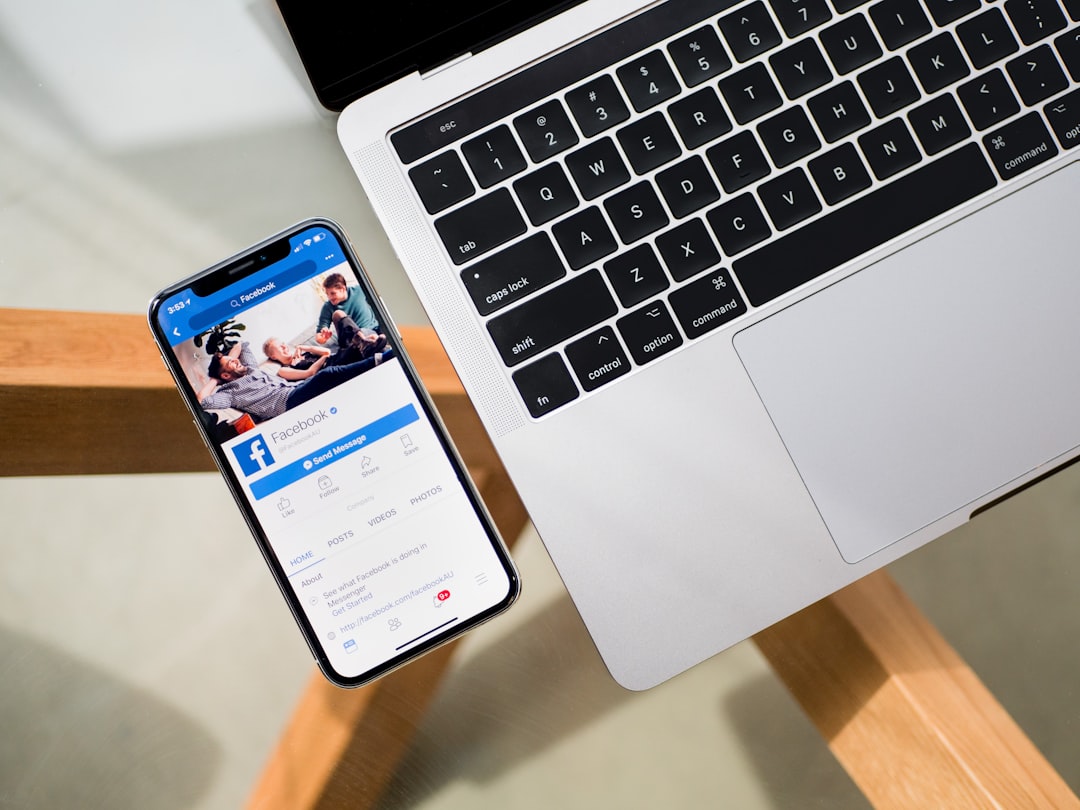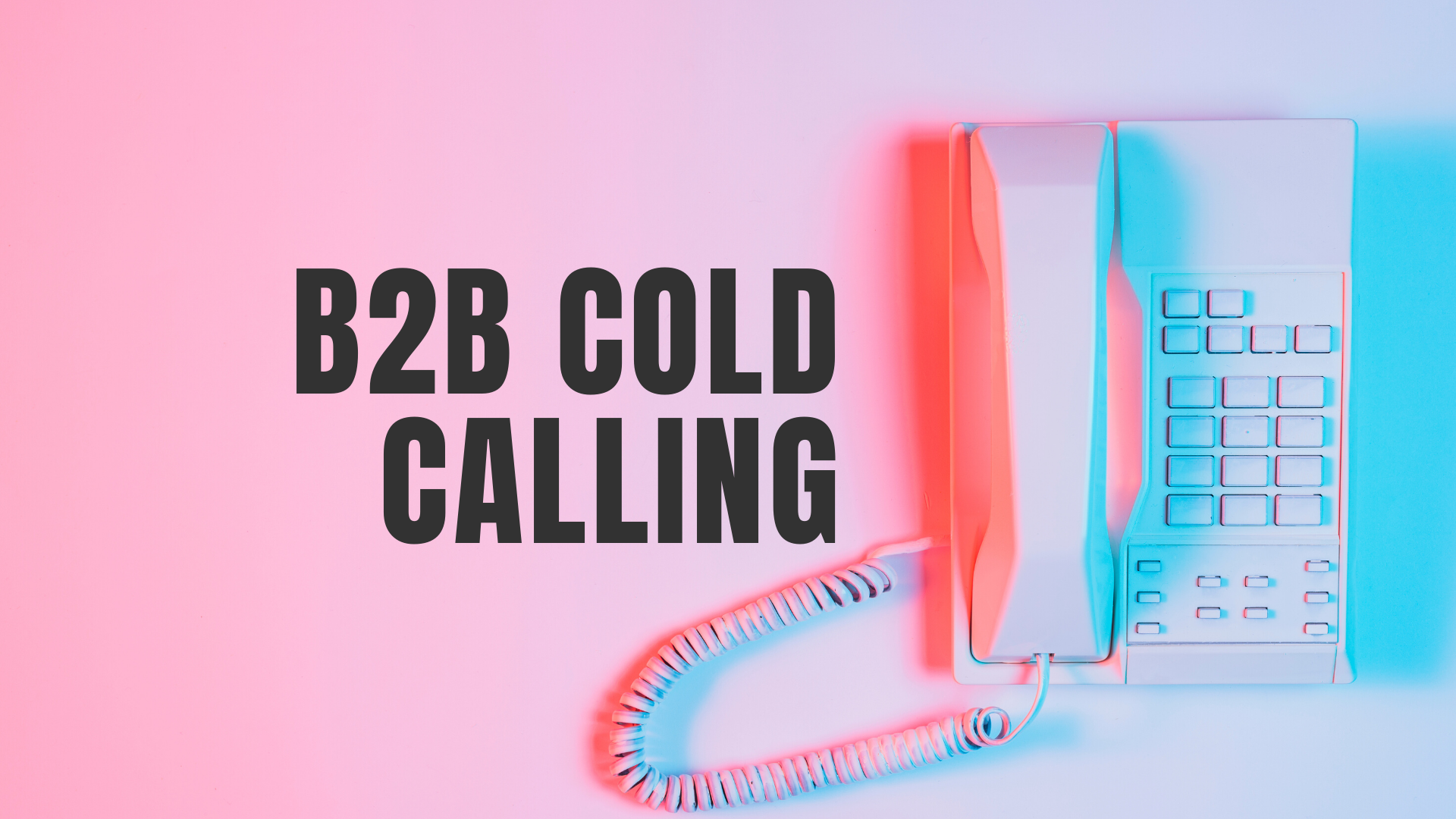Calling up a business vs. calling a consumer are two very different things. Not only can the stakes feel higher -- due to higher price points or a shorter list of prospects to reach out to -- but the circumstances require entirely different sales techniques.
With consumer calling, you’re more likely to get a decision-maker on the phone -- but with B2B calling, you may have to deal with a gatekeeper first. Even if you do reach a decision-maker, they may be reluctant to talk to a stranger about their company.
Because of this, some experts argue that B2B cold calling is dead. But if you use the latest sales technology -- such as a modern CRM with an in-app dialer -- it still has a role to play in today’s sales campaigns.
In this article, we’ll take a closer look at what sets B2B calling apart, and how you can make the most of B2B cold calling in the modern era.

What is B2B Cold Calling?
B2B stands for business-to-business sales and refers to sales that take place between one business and another -- in contrast to B2C, or business-to-consumer, sales.
For example, when a consumer buys a new car, that’s a B2C sale. But when the car dealer buys a fleet of new cars from the manufacturer, that’s a B2B sale.
Both B2C and B2B sales can take place in many contexts -- in-person, on a website or social media platform, and of course, over the phone.
When a sales rep doesn’t have a contact at the other business who’s expecting their call, it’s referred to as a cold call.
So, how do B2B cold calls differ from other cold calls?
For one, B2B prospects are more likely to be professional buyers. With B2C sales, you’ll be making your pitch to everyday consumers who may not have heard of your product.
With B2B sales, your prospect may already have opinions about what you’re selling, or be considering the same product or service from one of your competitors.
As a sales rep, you’ll have to be prepared to engage with someone who knows a lot about your industry already. They may even be a top executive at the company.
Second, unless you have a prospect’s personal phone number, there’s a good chance you’ll have to speak to a gatekeeper first. This can be anyone from a receptionist to a personal assistant who answers the phone instead of your prospect.
While a B2C customer may be happy to pass the phone to their husband or wife, the gatekeeper on a B2B call may be more skeptical. After all, it’s their job to make sure that anyone who’s calling isn’t going to waste their boss’s time.
As a result, B2B sales reps may have some extra leg work to do to get in touch with the executive who makes the final decision on purchases.
Third, B2B sales calls are typically focused on bigger purchases and repeat business. Whether you’re selling software as a service, or focusing on account based marketing, you can expect a longer sales cycle with less likelihood of an impulse buy.
Your market is probably smaller than B2C sales, especially if you have a niche product, so it’s important to build long term relationships with your customers.
B2B cold calling isn’t just a numbers game. Although placing 2,000 calls in a day may be enough to get you somewhere, you’ll benefit from a more precise B2B strategy.
From doing preliminary research about your prospect, to sending an email in advance to “warm up” your lead, there are steps you can take to improve your sales results.
After all, if you only have one chance to speak to the CEO or lead buyer at a company, you’re going to want to get it right.
B2B still has an important role to play in modern sales campaigns.
So why do some experts say that B2B cold calls are on their way out? Well, technology is a double-edged sword, and it’s true that some changes make B2B sales harder.

For example, call screening can make it difficult for sales reps to get through to leads who don’t answer unfamiliar numbers. And the rise of robocalls can make it harder for legitimate B2B sales reps to cut through all the noise.
But in other ways, B2B sales are entering a new golden age. Essentially, B2B reps have to take on the role of educator and problem-solver, providing value to their prospects up front, and offering solutions to the business issues their customers are facing.
You can increase your chances of making a sale by staying updated on industry trends and demonstrating a solid understanding of your prospect’s market position.
Additionally, B2B sales reps can benefit from the rise of LinkedIn and other social media platforms, which provide a treasure trove of information on prospective customers.
These days, you’re less likely than ever to place a truly cold call. With a little research, you can identify the decision-makers at your target company in advance, and use an email introduction to warm them up a bit.
You can even use cold calling alongside other strategies such as social selling, which refers to using your social media reputation to generate leads.
And, with a CRM like OnCourse, you can automate many of the steps in the process, from sending out marketing emails to scheduling product demos.
With that in mind, let’s look at five of the most effective ways to incorporate B2B cold calling into your modern sales campaign.
Here are five important ways to incorporate B2B cold calling into your marketing:
Whether B2B cold calls make up a major piece of your marketing strategy, or are just a small portion of it, use these techniques to increase your chances of making a sale.
1. Use social selling

In the age of social media, reputation matters, and combining your B2B cold calls with social selling makes for an effective combination. Why does it work?
Because professional buyers want to hear from experts, not from unfamiliar sales reps working for a brand they’ve never heard of. With social media, you can build your online reputation and establish legitimacy long before connecting with a lead.
Social selling doesn’t have to be complicated. Not every sales rep needs to have a blog and ebook in order to get the attention of quality leads.
But at the very least, you can maintain an up-to-date LinkedIn profile or Twitter account and post material that’s relevant to your target buyers.
Then, when you call them up, they’ll be familiar with your product or brand, and maybe even your name -- even if you haven’t interacted with them personally.
To be clear, social selling isn’t the same as social media marketing. It’s handled by your sales reps, not your marketers, although ideally the two teams will be closely aligned.
Both teams aim to post shareable content that provides value to your target audience, but focus on different stages of the buyer’s journey.
2. Pay attention to touchpoints
One of the reasons that cold calling is reportedly “dead” is because many sales reps are still using an outdated playbook, making cold calls at the first sign of interest.
According to the marketing agency Crafted, “Just because a prospect has clicked a link in an email does not mean that they are ready for a sales cold call.”
Instead, situate your sales call within the larger buyer’s journey. It can take as many as 7 to 13 touches before your lead is ready to engage with your sales team.
This can include email campaigns, personalized follow-ups, voicemail messages, social media engagement, website visits, newsletter subscriptions, and more.
Fortunately, modern analytic tools make it easier than ever to keep track of your lead’s progress on the buyer’s journey.
From automated lead scoring based on touchpoints, to email campaigns that can track whether a recipient has opened or engaged with a message, you don’t have to wonder whether a prospective buyer is ready to hear from you.
You can tailor your B2B sales strategy to each stage of the buyer’s journey, and wait to make a cold call until the point when it’s most likely to be effective.
3. Try inbound cold calling instead
It may sound like a contradiction in terms, but inbound cold calling may be the solution to the modern world’s fear of unknown numbers. How does it work?
Imagine a B2B buyer coming across your blog while doing product research. A widget pops up asking them to leave a number and request a callback. If they do, one of your sales reps is immediately put in touch with them while they’re still expecting a call.
You’ll even be able to view which page of your website your visitor landed on so that you have some context before you get them on the phone.
Callback widgets are more effective than asking visitors to fill out a contact form for a callback at a later date, especially if they need a quick solution.
Plus, the widget can be integrated with your CRM, so that even if you don’t make a sale on the initial call, you can add their contact info to your customer database.
You can send an automated follow-up via SMS to thank them for the conversation and provide further options for them to stay in touch.
4. Leave the right voicemail
Many B2B sales reps make the mistake of leaving a vague or badly-worded voicemail, which has the opposite effect of what was intended:
Instead of intriguing your lead and encouraging a callback, now they know your number and will be sure not to answer next time!
You can avoid this dilemma by leaving a pre-recorded voicemail stored in your CRM’s in-app sales dialer. Not only will this save you time, but you’ll reduce the risk of getting your lead’s name wrong or leaving out important details.
With OnCourse, you can record and store multiple voicemails, so you can choose the most appropriate one for each contact rather than recording it on the spot.
And, you can drop the voicemail into their inbox automatically without listening to the playback, freeing you up to move on to the next lead on your list.
Since it’s rare that you’ll get through to a B2B contact on the first call, it’s important to have a good voicemail strategy. You can follow up with an SMS, although be selective about how you use texting.
Millennial buyers may be more receptive to text messages than phone calls, but it’s still possible to overdo it, especially if you’re texting a lead’s personal phone number.
5. Consider face-to-face cold-calling
Finally, not all cold calls have to happen over the phone. Yes, face-to-face pitches are a type of cold calling, and were common in the days of traveling sales reps.
While showing up at an executive’s office unannounced is unlikely to be appreciated, it can be an effective strategy for approaching owner-operated businesses.
For example, if you’re pitching a new point-of-sale system, you may have better luck if you speak with a manager on the shop floor rather than over the phone.
Of course, visiting an establishment in person is time-consuming and won’t be practical for many B2B sales campaigns.
But by teaching your sales reps to be ready for in-person pitches when the opportunity arises -- at networking events, while traveling, etc. -- you’ll expand your reach.
Plus, in-person prospecting can provide you with insights into your buyer’s personality that you can use later when you speak to them on the phone.
Always carry a brochure and business card and be ready to schedule a sales demo if your in-person conversation goes well.
It all starts with the right CRM.
All of these strategies can help you boost your B2B sales game, but for the best results, bring it all together with a comprehensive CRM like OnCourse.
Many of these techniques are more effective when you integrate them into your CRM platform. For example, you can use a built-in dialer to schedule your calls and leave a pre-recorded voicemail if your prospect doesn’t pick up on the first try.
And you can use automated lead scoring to help you quality leads and contact them at the right point in the buyer’s journey.
B2B cold calls may not be as straightforward as they used to be, but with a few modern tools, they can be an important and effective part of your overall sales strategy!

